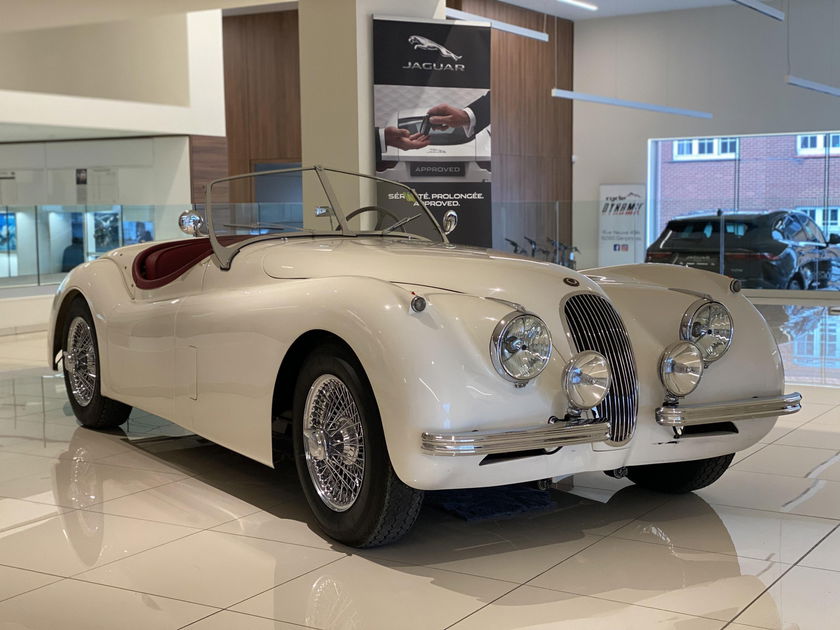
JAGUAR XK
XK120 OTS
90.000 €
V.A.T. included

JAGUAR XK
XK120 OTS
Share this vehicle
90.000 €
V.A.T. included
PRO
15




15
Condition
Second hand
Mileage
-
Gearbox
Manual
First registration
09/1954
Fuel
Emission class
-

Description
General information
-
Second hand -
No -
Jaguar -
XK -
XK120 OTS -
nd -
nd -
nd -
nd -
No
Vehicle history
-
nd -
09/1954 -
nd -
nd -
nd -
No
Technical specifications
-
Manual -
4 -
160 HP -
nd -
3400 -
6 -
nd -
nd
Energy consumption
-
nd -
nd -
Petrol
Aesthetics
-
nd -
nd -
nd -
nd
Equipments
Pas de données disponibles
Buyer ?
Ask the seller for your Car-Pass !
Seller ?
Don’t forget to give the Car-Pass while selling your vehicule.
This is a legal and mandatory document. For more info
Similar vehicles
Other interesting alternatives






















